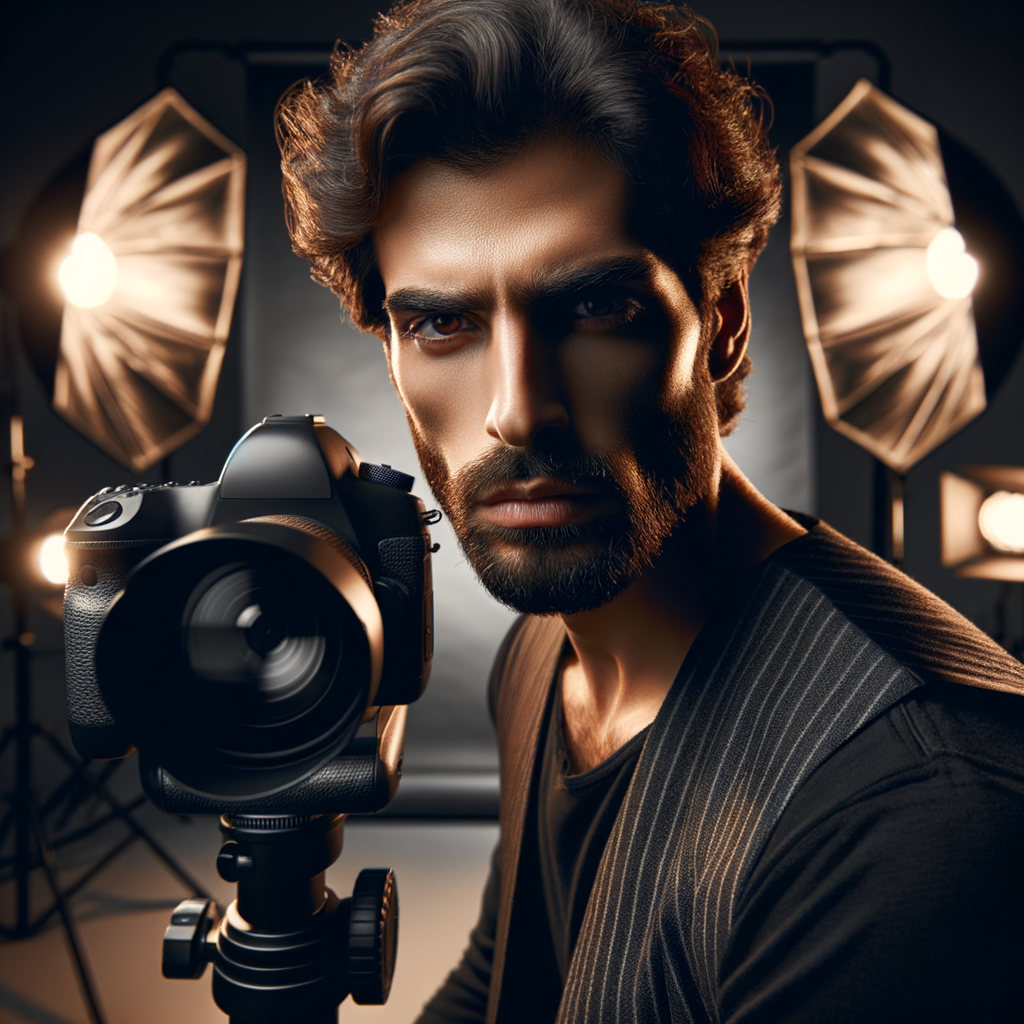
Portrait photography is not just about capturing images of faces; it’s an art that requires the ability to see and feel. In this article, we will explore how to create outstanding portraits that tell stories and convey emotions. We will dive into practical tips, lighting and composition techniques, and discuss how to build rapport with your subjects for the best results.
When it comes to portrait photography, the primary element is the ability to convey the individuality of the subject. Here are some key aspects to help you do this:
- Composition: Selecting the right angle and framing is crucial. Try to avoid too many harsh lines and choose natural poses.
- Lighting: Natural light is perfect for starters. Use it to create soft shadows and highlight the subject's face.
- Connection with the Subject: Ensure your subject feels comfortable. Ease their nerves and let them know you want to capture their true emotions.
- Use of Background: Don’t forget about the background. It should complement your portrait, not distract from it. Opt for simple yet interesting textures.
Now let’s take a closer look at some of these aspects.
Basics of Composition
Composition is the foundation of everything we do in photography. The rule of thirds and symmetry can help you create harmonious and balanced frames. Remember, it’s not always necessary to follow the rules; sometimes bold experimental shots can turn out better!
Rule of Thirds
The rule of thirds suggests dividing your frame into three equal parts and placing main subjects along these lines or at intersections. This creates visual interest and allows the viewer to focus on the main element.
Natural Poses
Ensure your subject is in a natural, relaxed pose. Ask them to slightly rotate their shoulders to relieve tension, and encourage light movements to create dynamics.
Use Light Wisely
Light is one of the most significant aspects of portrait photography. Here are some tips for using light:
- Golden Hour: Shots taken during the golden hour, which occurs shortly after sunrise and before sunset, create soft and warm tones.
- Shadow Light: Use shadows to add depth to your portrait and make it more expressive.
- Artificial Light: If using a flash, ensure it’s positioned at the right angle to avoid unwanted shadows.
Maintain Contact with the Subject
Communication with the subject is a key point. You need your subject to feel comfortable and free. Open-ended questions will help them relax and be more natural in front of the camera.
Instead of just directing poses, give your partner freedom to express themselves. Ask them to share their thoughts or stories to make them more relaxed.
Working with Backgrounds
The background should enhance your subject, not distract from them. Experiment with various textures and colors in the background. A soft, unobtrusive background will help highlight your subject and create the right mood.
Conclusion
Portrait photography is a magnificent art form requiring both technical and emotional skills. Use all the tips mentioned above to create photographs that are not just pictures, but true works of art reflecting the uniqueness of each person. The more you practice, the more confident you'll feel, and the more impressive portraits you'll create!
Don’t be afraid to experiment and try new things; this is the most effective way to find your unique style. Good luck on your portrait photography journey!


